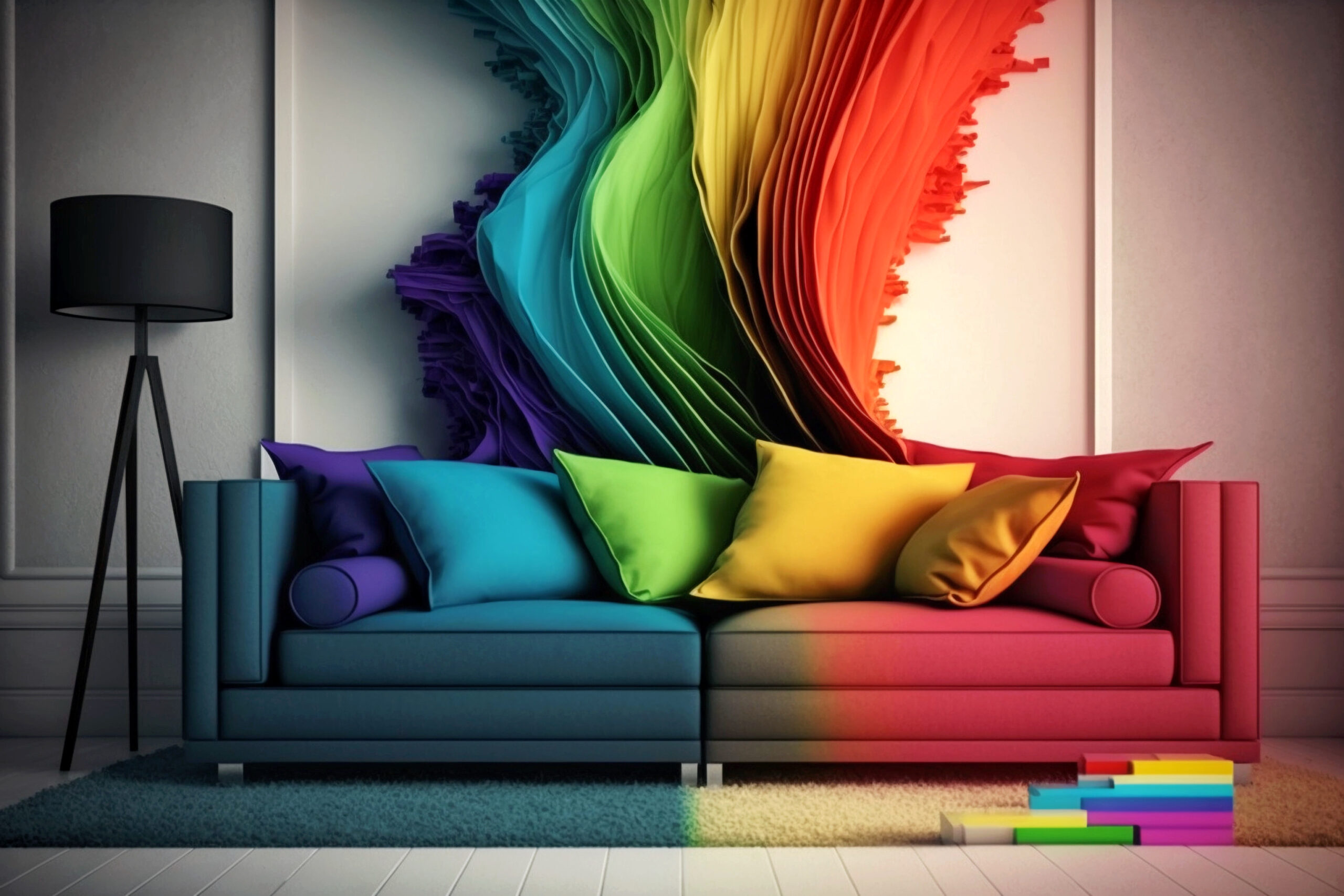Introduction
Color is a powerful tool in interior design. It has the ability to influence our emotions, set the mood, and create ambiance within a space. Understanding color psychology can help you make informed decisions when it comes to selecting the right color schemes for your home. In this blog post, we will delve into the fascinating world of color psychology and its application in interior design.
The Power of Color
Colors have the ability to evoke certain emotions and feelings. For example, warm colors like red, orange, and yellow can create a sense of energy and excitement, while cool colors like blue, green, and purple can evoke a feeling of calmness and relaxation. By using the right colors in your home, you can create the desired atmosphere and mood.
Color Psychology in Different Rooms
Each room in your home serves a different purpose, and the colors you choose should reflect that. Here are some practical tips on selecting the right colors for different rooms:
- Living Room: The living room is often the social hub of the house. To create a welcoming and inviting atmosphere, consider using warm and neutral colors like beige, cream, or light brown.
- Bedroom: The bedroom should be a sanctuary for relaxation and sleep. Opt for cool and calming colors like blues or greens to create a tranquil environment.
- Kitchen: The kitchen is a space for creativity and nourishment. Bright and vibrant colors like red or yellow can stimulate appetite and create an energetic atmosphere.
- Bathroom: The bathroom is a place for cleanliness and rejuvenation. Light and airy colors like whites or pastels can create a fresh and clean ambiance.
Creating Balance
While color can greatly impact the mood and ambiance of a space, it’s important to create a balance. Using too much of one color can be overwhelming, while using too many contrasting colors can create chaos. Consider using a color wheel to help you create harmonious color schemes that complement each other.
Conclusion
Color psychology plays a significant role in interior design. By understanding how different colors can influence emotions and create ambiance, you can make informed decisions when it comes to selecting the right color schemes for your home. Remember to consider the purpose of each room and create a balance of colors to achieve the desired atmosphere. Happy decorating!

